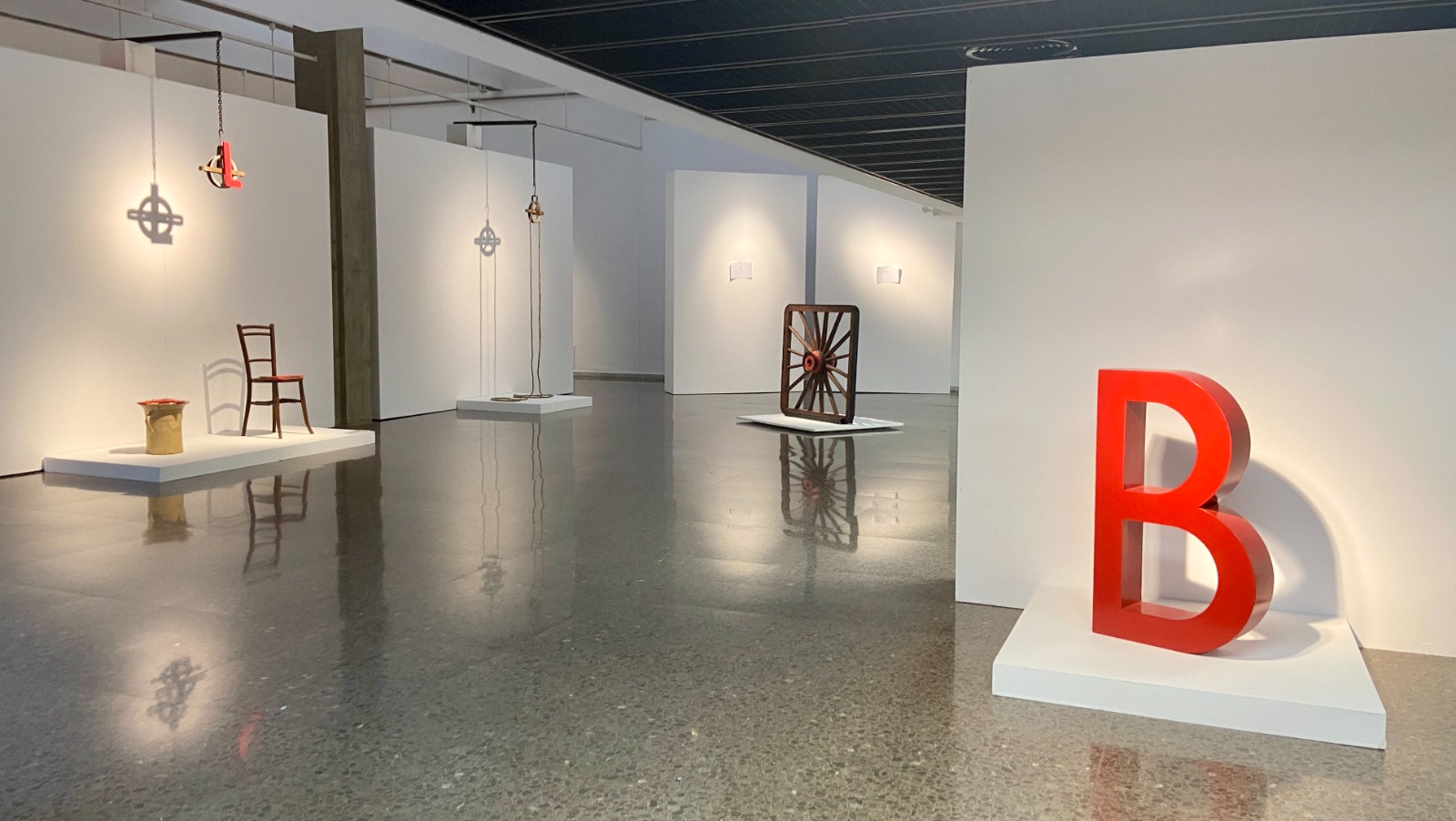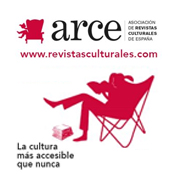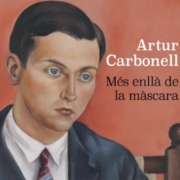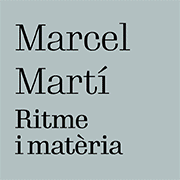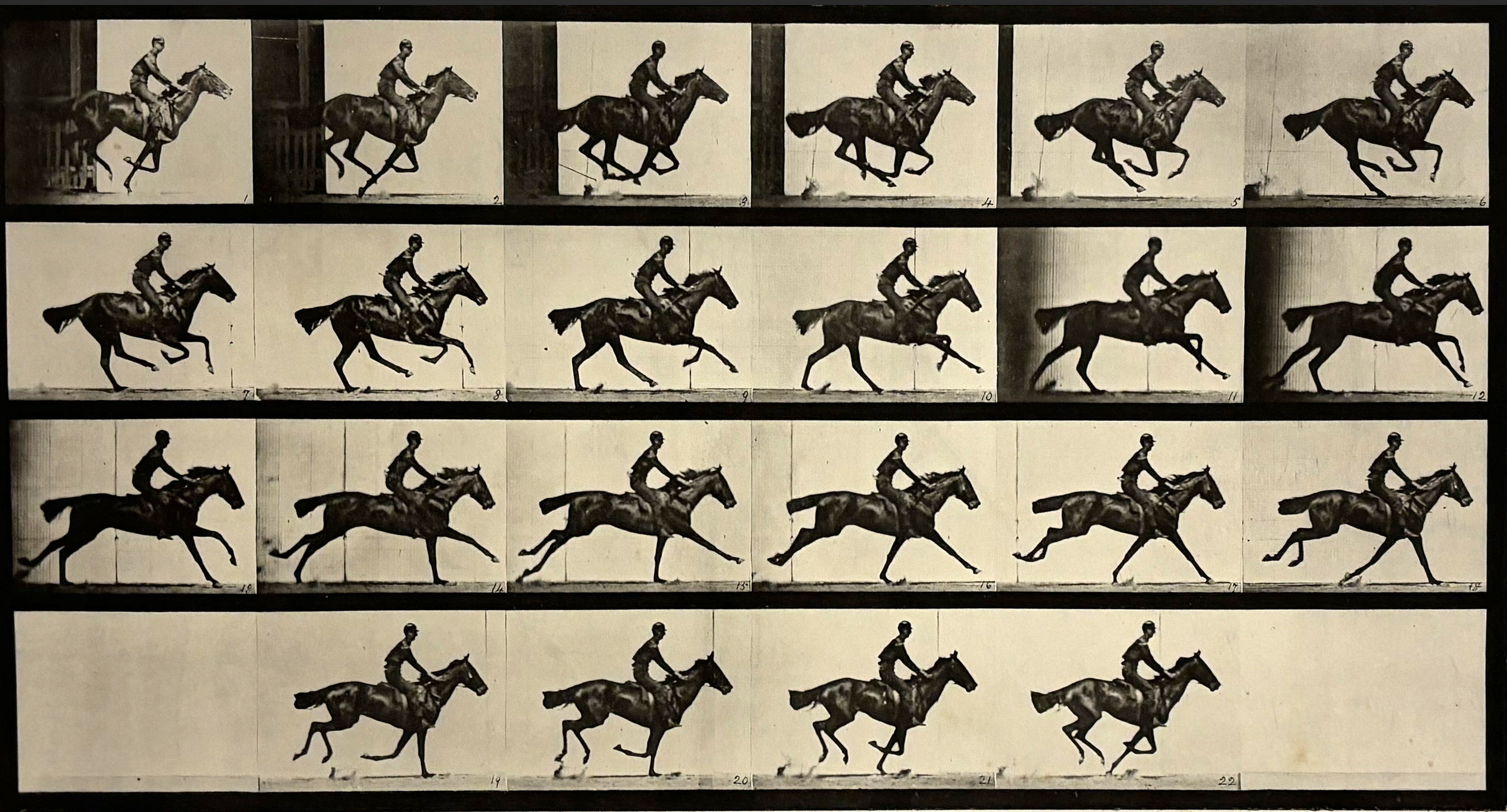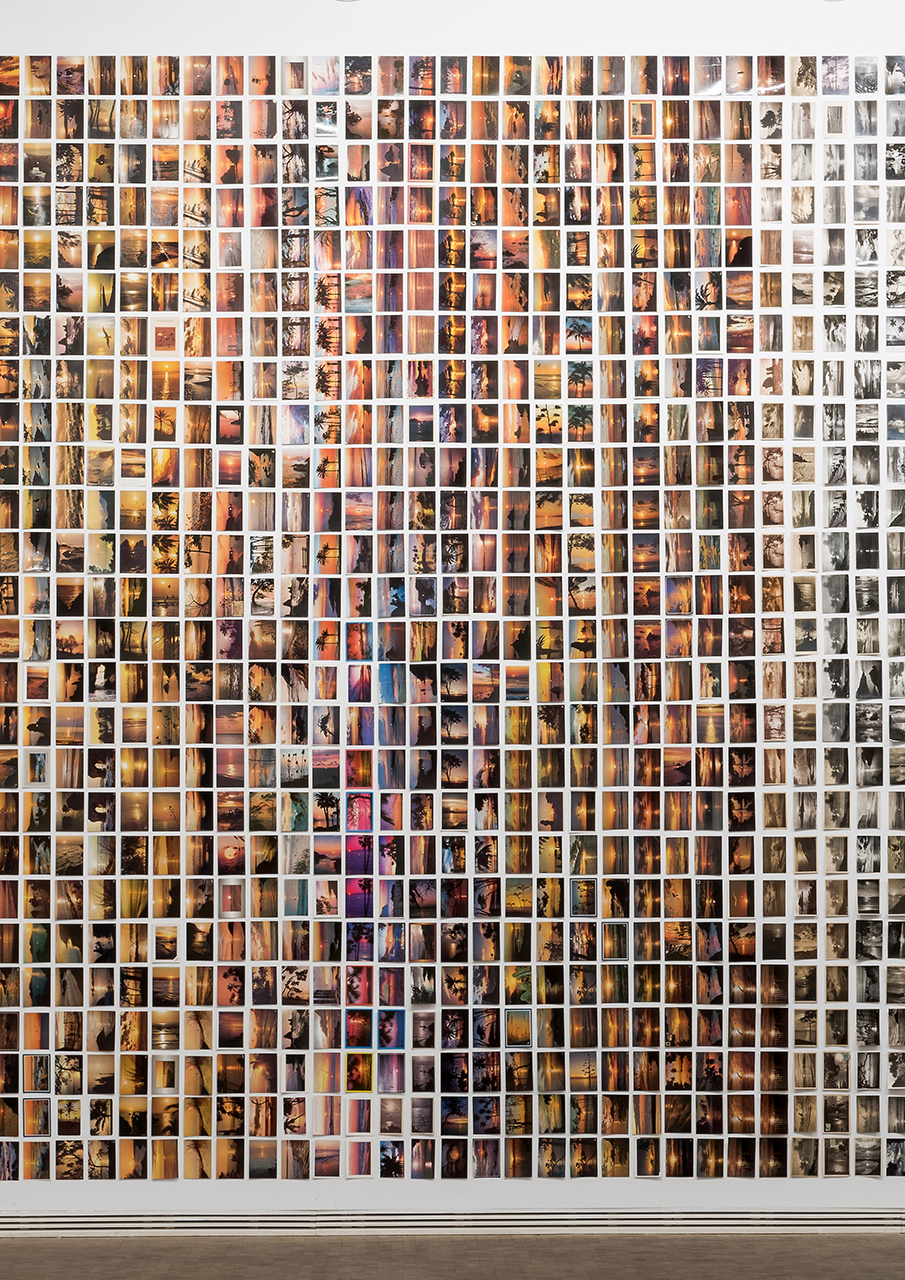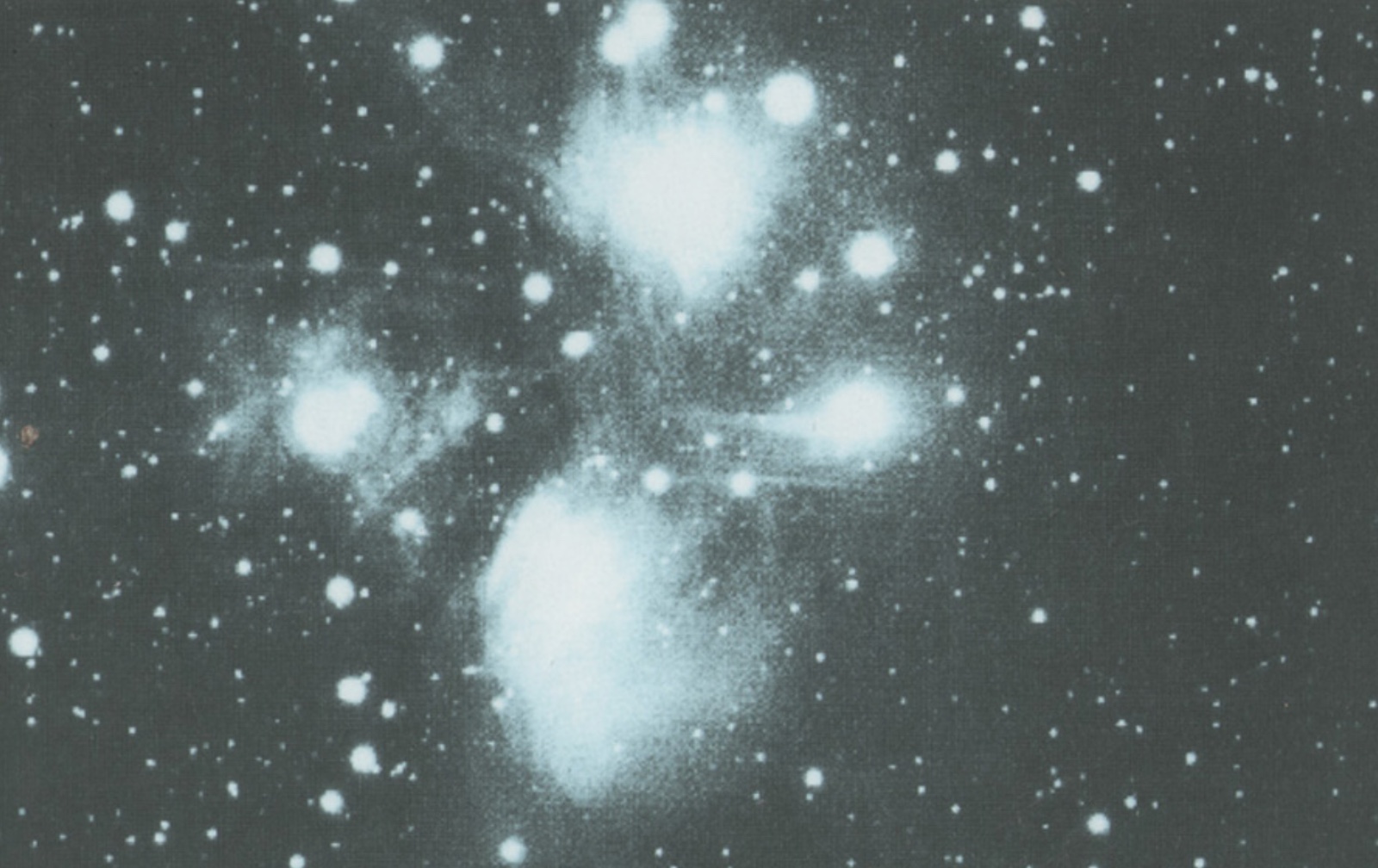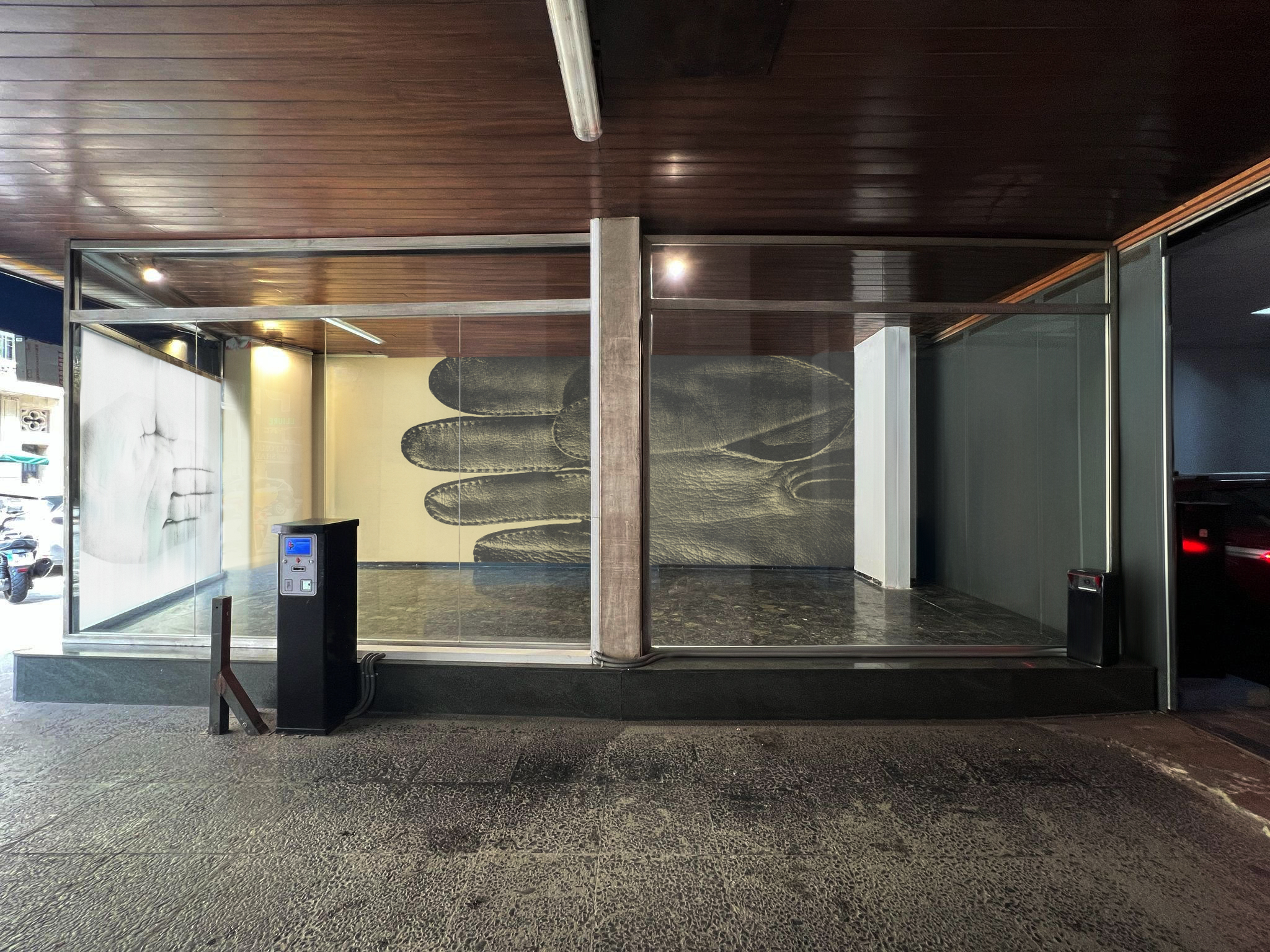Exhibitions
Joan Brossa: Visual poems and installations
Around sixty works by one of the most relevant and unique poets of the 20th century.
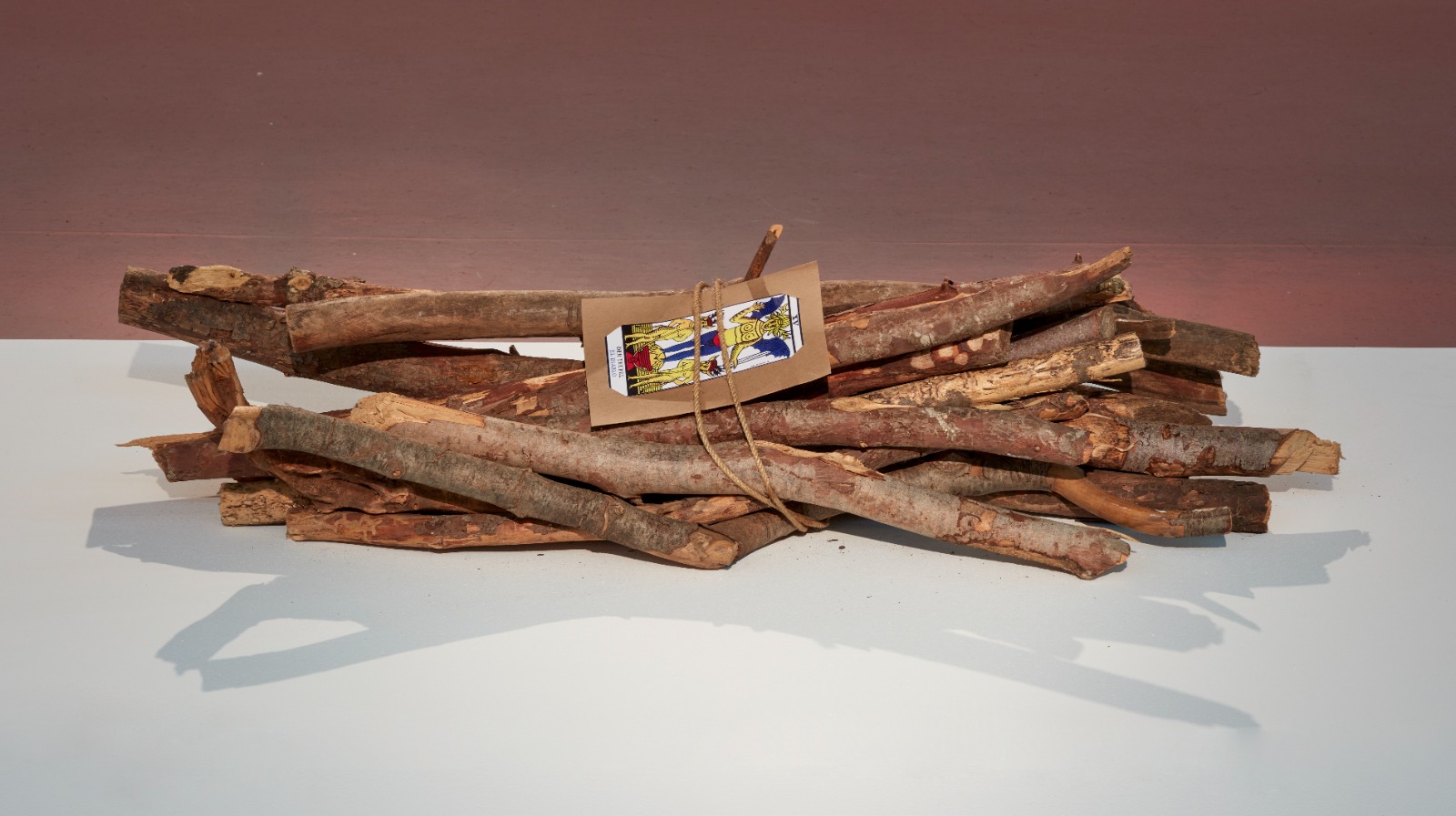
Under the title Joan Brossa: Visual Poems and Installations, La FACT in Terrassa is hosting until July an exhibition by Joan Brossa, an artist who knew how to break the conventional barriers between disciplines and merged poetry, objects, scenography and installations to create a unique and inimitable artistic proposal.
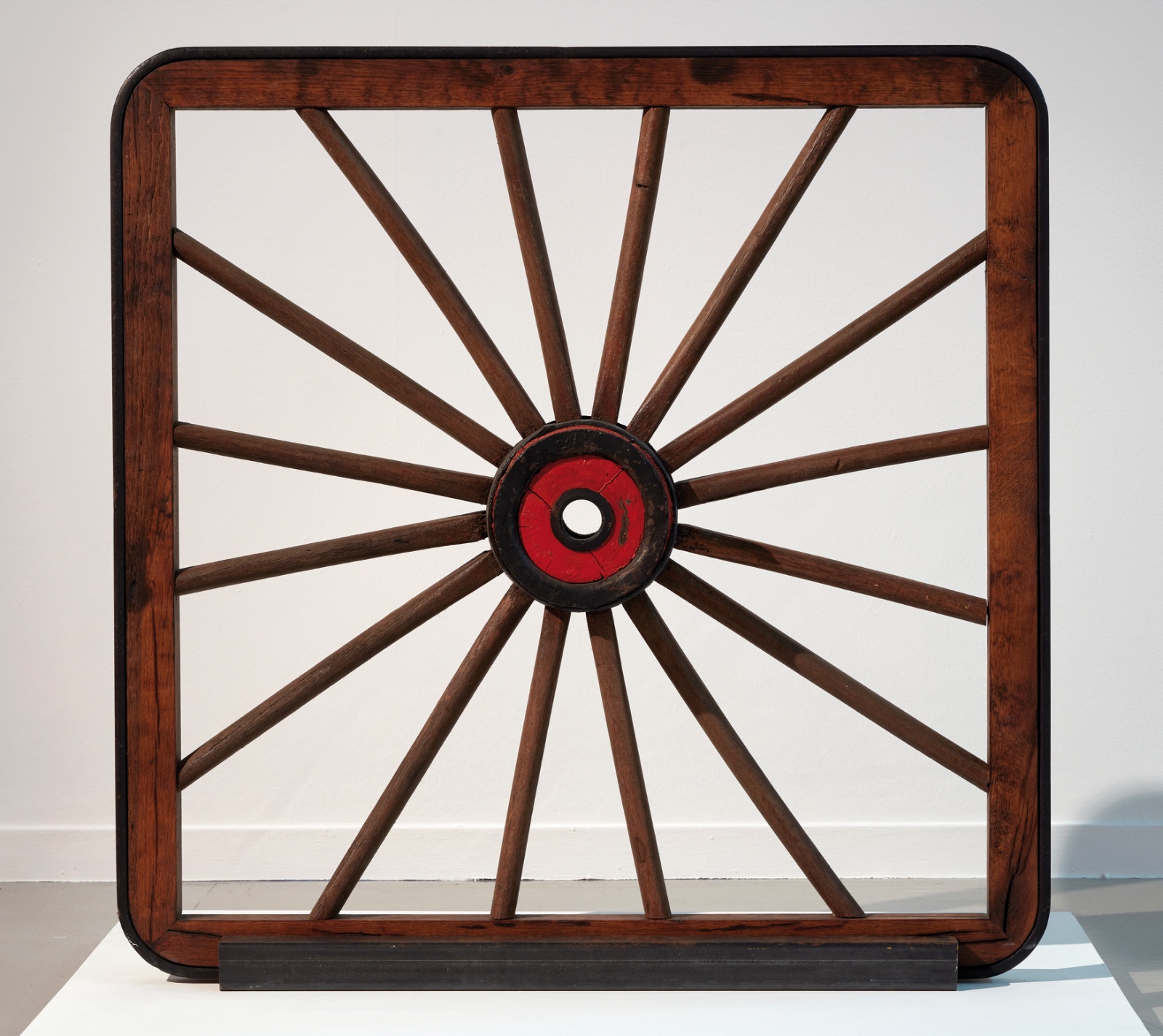 Roda, Joan Brossa (1969-1989)
Roda, Joan Brossa (1969-1989)
The exhibition is curated by Ricard Planas, an art critic and cultural manager with extensive experience in promoting contemporary art. A great connoisseur of Brossa's work, Planas has created an exhibition that allows us to rediscover the depth of the poet's creative universe, placing special emphasis on his ability to transform everyday life into art. I could use this space to describe what Joan Brossa was like, but his character has already been engraved in our collective imagination as a total artist: polymorphic, traditional, avant-garde, visual, objectual and scenic; capable of making everyday magic and considered the precursor of happenings and performances as an artistic manifestation. Brossa was a visionary who anticipated many of the trends that are today considered fundamental in contemporary art, such as interactivity and multidisciplinary.
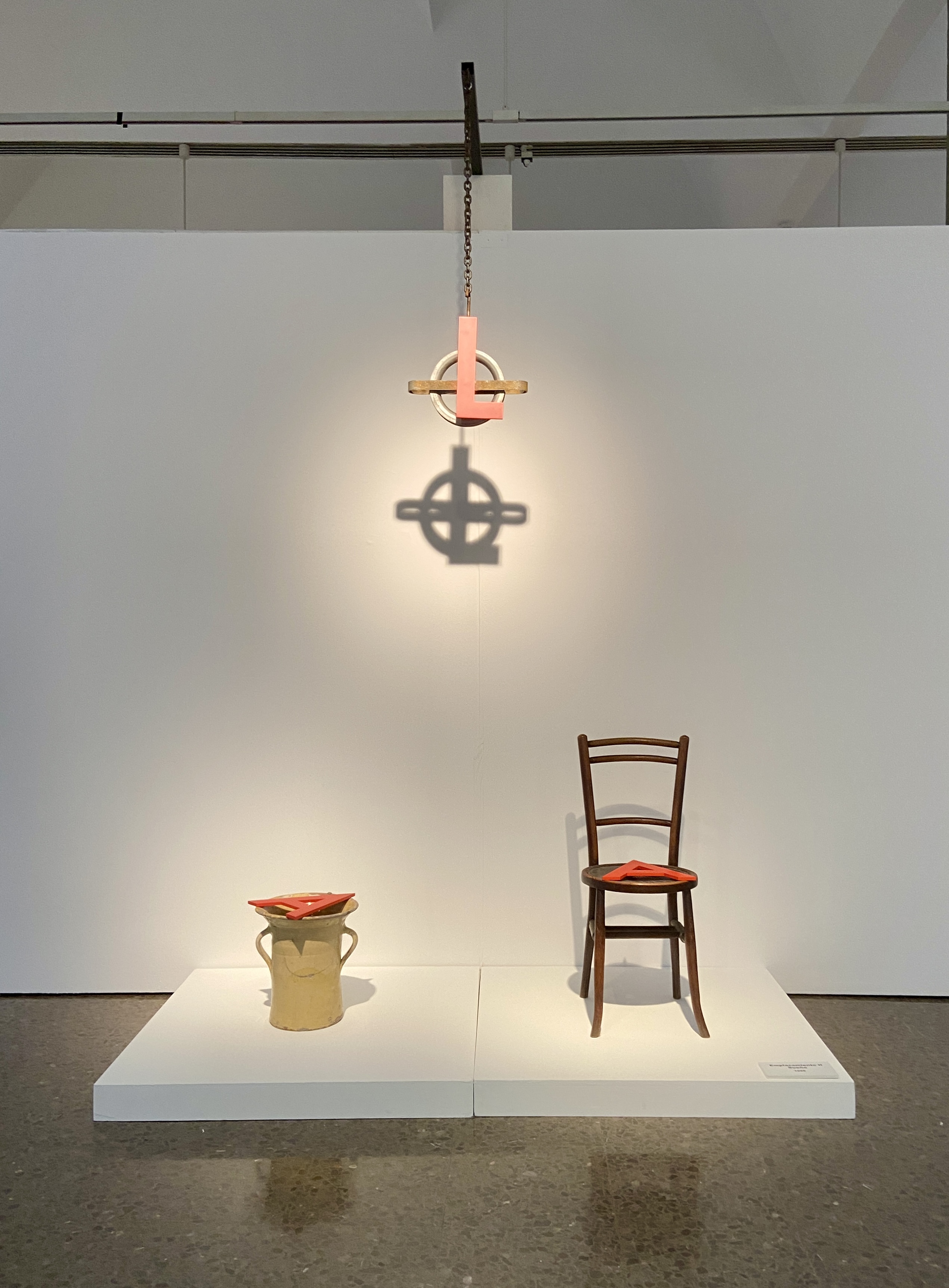 Emplaçament, II Somni, Joan Brossa
Emplaçament, II Somni, Joan Brossa
What remains now is his legacy, preserved by the Miguel Marcos gallery in Barcelona, which is donating part of its collection so that it can be exhibited and enjoyed by the public in the city of Terrassa. This initiative not only helps to keep Brossa's memory alive, but also brings his art closer to new generations. The exhibition includes everything from object poems to visual and written poetry, as well as installations. All these elements guarantee the recognition of an artist who showed interest in everyday objects, as did other creators from the early 20th century, placing them on the metaphorical pedestal that turns a piece into a work of art. We can see some of his favorite images, such as letters, clocks, masks, hammers or scissors, simple objects but full of meaning that invite the viewer to observe them from a completely new perspective.
His work may seem complex, but at the same time it exudes an honest and naive appeal, with certain touches of irony and cynicism that provide the exhibition with a degree of artistic and personal freedom. This unique combination of simplicity and depth means that Brossa continues to be an indisputable reference in the contemporary art scene.
